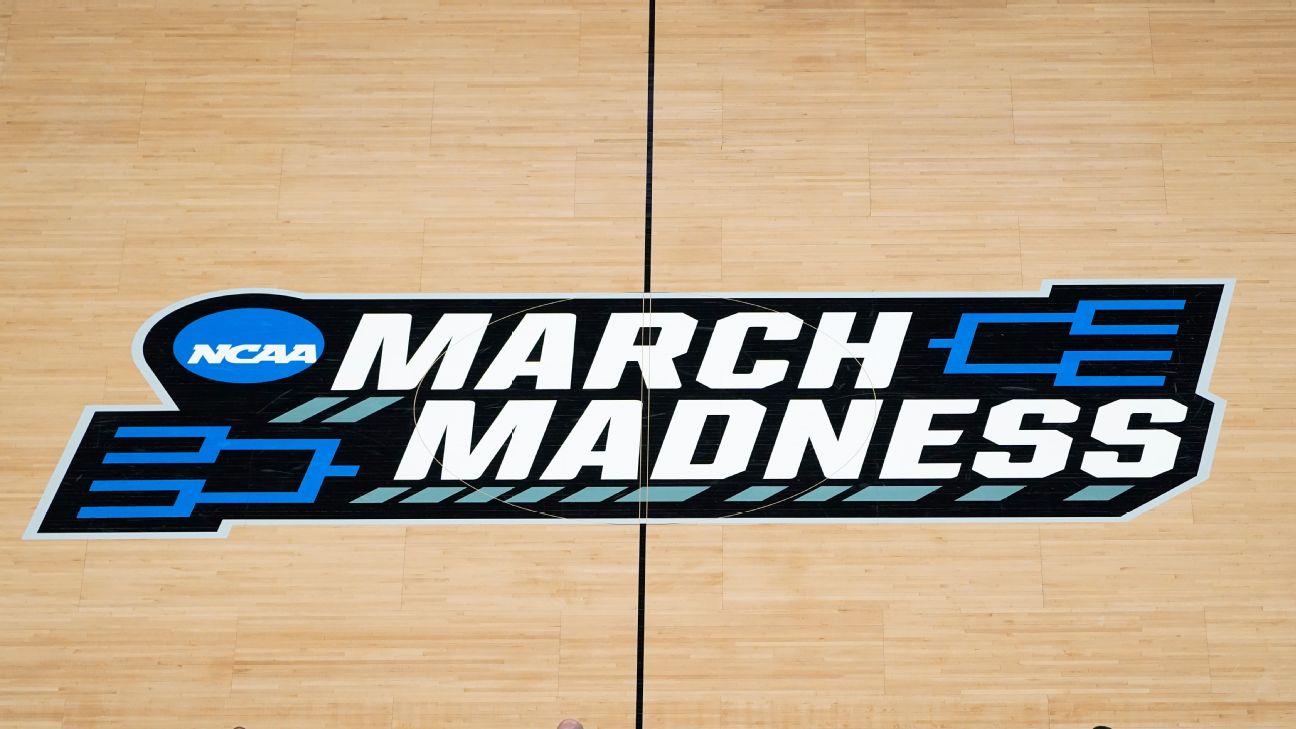
As the nation begins to get back to some normalcy after the pandemic impacted sports, the fans can now be a part of the NCAA Men’s basketball tournament, live.
Ohio’s role in the amazing and sports-changing endeavor, the NCAA basketball tournament, should never be forgotten.
Harold Olsen
In the 1930’s Ohio State’s men’s basketball coach, Harold Olsen, was in the midst of the longest tenure ever for a Buckeye basketball coach. One of his contributions to the game was that he recommended the 10 second rule. Thus, teams must advance the ball over the midline of the court. However, that wasn’t his best contribution, it was the birth of the NCAA basketball tournament.
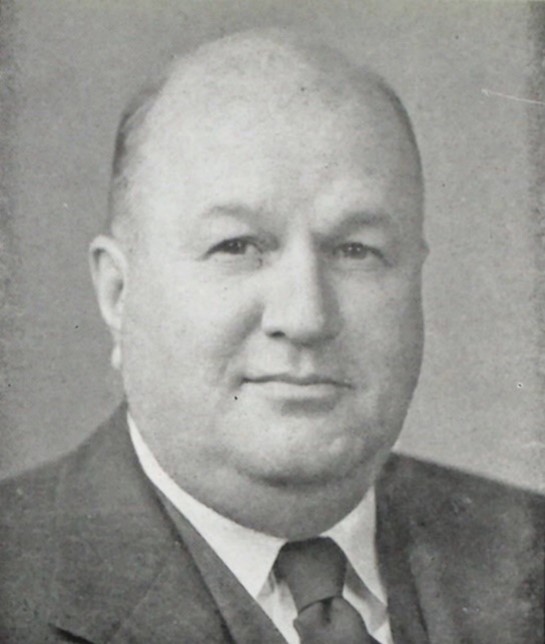
National Invitational Tournament
The NIT, or National Invitational Tournament, was the preeminent college basketball tournament in the early part of the 20th century. Started by the New York and east coast writers, the tournament showcased mostly teams from the east. Along with players from the Mid-Atlantic and New England states. Games being played at Madison Square Garden in New York City gave the event a national appeal.
Segue to 1939, Olsen as president of the National Basketball Coaches Association (NBCA), spearheaded an NCAA basketball tournament to rival the NIT. The main differences were playing their games at school sites in the Midwest. Also, having eight teams, not the six the NIT had. Olsen continued his influence as the committee chairman for the NCAA, all the while coaching the Buckeyes. The NCAA played their final at Madison Square Garden, for six years. Prior to that, the final was played in Kansas City. Olsen was unafraid of challenging the NIT on their home turf.
Mike Days, in his blog, maconlikebacon, detailed the “pissing contest” as to who would invite more teams to their tournament. By the late 1970’s the NIT went from “big brother” to “big brother who sees his little brother become more successful than he.” Olsen’s role as “Godfather of the Final Four” was established.
Tom Frericks
However, the tournament needed more television exposure. At the University of Dayton, former player and athletic director Tom Frericks was ready to make this THE PREEMINENT MARCH event. All he needed was a national broadcaster to share his vision.
Tom Frericks was born in Minster, Ohio. Frericks excelled in both baseball and basketball. Thus, he caught the eye of Tom Blackburn, the University of Dayton basketball coach. Blackburn was building a powerhouse national program. Upon his graduation from UD, Frericks went to Chaminade Julienne High School. His basketball programs there had great success.
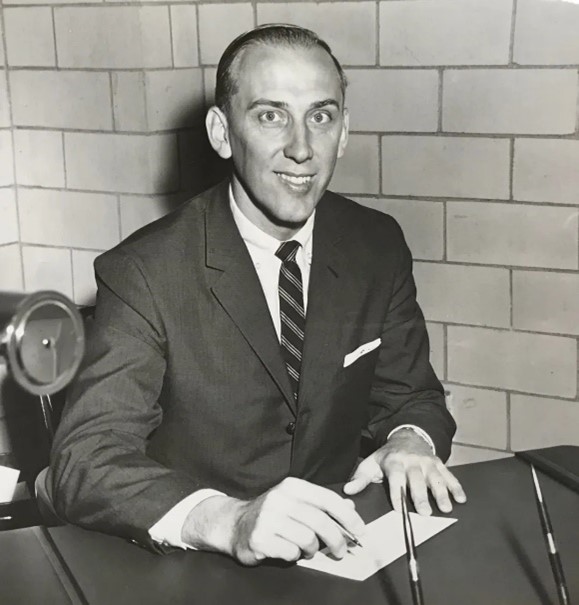
Frericks accepted the Athletic Director job at his alma mater in 1964. Frericks was a realist and visionary. He increased the funding for the athletic programs. He also moved the football team from Division 1 to Division 3. Frericks oversaw the building of the Dayton Arena off Interstate 75. The university made Frericks the Executive Director, where he played primarily a business role for UD. As UD flourished, Frericks went back to his Athletic Director role. By the mid 1980’s, he was chosen to be on the NCAA selection committee for the basketball tournament.
The upset that changed everything
The NCAA council analyzed and suggested opening the tournament to 64 teams. Up from 32, which had been the norm for the 1970’s and early 80’s. In 1985, the tournament saw unbelievable success, with low seeded Villanova upsetting the Patrick Ewing-led Georgetown Hoyas. All within the 64-team format.
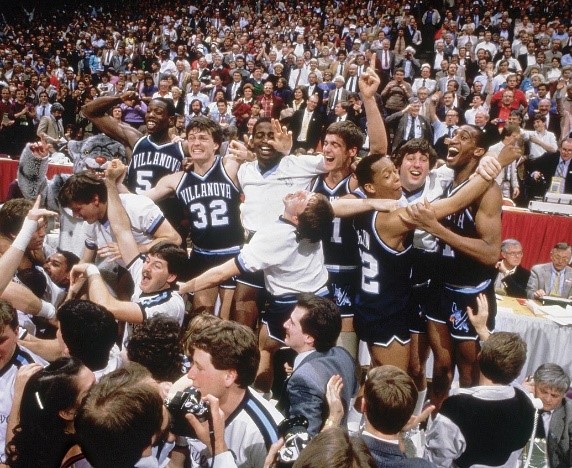
(#8 seed Villanova celebrates its victory over #1 seed Georgetown in 1985)
With this success and his role on the council, the NCAA chose Frericks to be the Secretary-Treasurer for the NCAA. One of only two executive positions for the entire NCAA organization in 1987.
His role as Secretary-Treasurer also made him the key member of the Final Four Foundation. As the committee chairman in 1987 and 1988, Tom Frericks instituted two of the greatest gifts to the NCAA basketball tournament. First, Frericks offered the UD Arena as a place for the games. UD had a strong college basketball fan base and successful history in the tournament. With Dayton on I-75 and Columbus and Cincinnati close by, there was access for schools to get to the city quickly. By offering his campus, Frericks also created a detailed “guide of all the tasks that needed to be completed and who had to complete them.” That guide is used by many campus sites even today, according to his son, Tom Frericks, Jr.
Television rights
The NCAA wanted Frericks to be their next president, but he began suffering from prostate cancer. Frericks turned down the offer. But still serving on the selection committee, he offered his greatest gift to the nation: the CBS exclusive rights to the tournament.
CBS President, Neal Pilson spoke of the signing in 1989:
“We feel it’s a good gamble with the growth of the tournament and the tremendous amount of attention it gets,” Pilson said. “More people watch the college basketball tournament than the Super Bowl and even the World Series. We have ourselves a secure, attractive, event. We anticipate making money on this, but we normally don’t say how much.”
What an understatement in that last line. CBS won the rights for showing every NCAA tournament basketball game for one billion dollars, shutting cable out entirely. This opened the door for future sports contracts and television rights. Tom Frericks was the driving force in the establishment of the television rights for CBS and “March Madness.” He died shortly after in 1992, but only after serving as committee chair for the final two years of his life. The contract he negotiated with CBS has reverberated throughout the history of sports since then.
Two Ohio men had a grand say in the creation of the greatest television event arguably in the United States. Let’s not forget Mr. Olsen and Mr. Frericks roles in this endeavor as you cheer on your alma mater or favorite team. Now start researching your potential brackets.










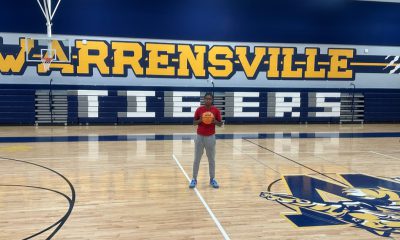
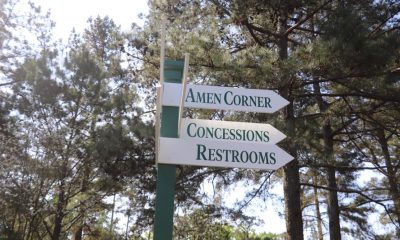
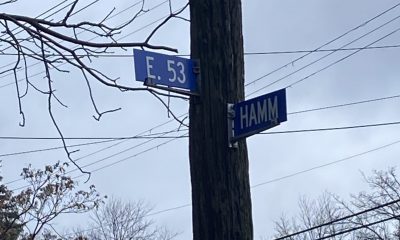

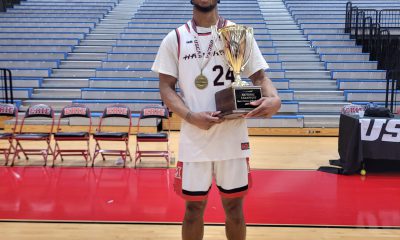
Gayle Riess
March 14, 2022 at 11:50 am
Well written Bill!
Bob Giebel
March 14, 2022 at 11:55 am
Nice job Billy! Very informative.
Uncle Bob
Pingback: March Madness To Begin With The First Four Games In Dayton, Ohio